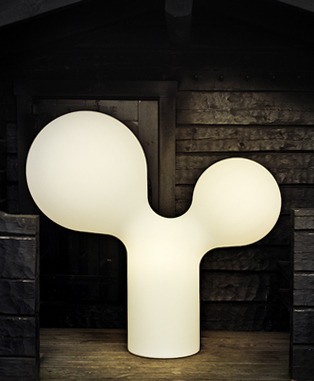


Together, this results in interesting conversations about what the industry wants to do, what they want to know, and what can be done to facilitate that. Moreover, industry partners provide knowledge about current practices and environmental conditions. And do not forget MARIN’s hydrodynamic expertise. For example, whereas TNO provides its expertise in acoustics, TU Delft specialises in process system modelling and contributes to the acoustical research as well. As is in line with GROW’s beliefs, namely that cooperation is necessary to provide big solutions to the problems at hand, Bubbles JIP (Joint Industry Project) is the result of a close collaboration with industry partners and research institutes.
DOUBLE BUBBLE PROFESSIONAL
Linda KempApart from its professional excitement, the project is also well-received on a personal level. It was quite challenging, but that’s also the nice part, because you’re developing something new.”Īdd to this a measurement system that was built from scratch, and a ground-breaking project is born - one that is, Linda Kemp hopes, “future-proof”.
DOUBLE BUBBLE INSTALL
Other parameters like the current, the mass flow of air going into the hose, the diameter of the circular bubble curtain, and the porousness of the hose, are also included in different stages of the research.Īdditionally, research regarding the sound propagation of noise from piling through water and soil will also be targeted, as well as the creation of useful bubble measurement technology and the establishment of improved understandings of current noise levels and frequency ranges.Įssentially, the research wants to establish “what do you have to tune about your bubble curtain to ensure that the noise mitigation is enough to install offshore wind farms, without causing harm to the sea life,” as Linda Kemp summarises.įor Linda Kemp specifically, the whole sound topic is quite new: “It’s very cool that we as MARIN have knowledge about water and waves and are doing tests, and are incorporating such a new topic, namely noise in combination with bubbles, in our basins. Such variables include bubble distribution, bubble size, and the fraction between air and water. Hence, by recreating such bubble curtains in their basin, MARIN seeks, together with the project partners, to understand these variables and the impacts they might have on the bubbles’ efficiency.

The bubbles as they appear on the surface of the poolIn reality, however, numerous variables may affect a bubble curtain and its performance, each with a significant risk of lowering the curtain’s effectiveness. Many compressors pump air into this hose, generating bubbles through small holes, until a solid bubbly curtain has been created. The concept of bubble curtains is fairly simple: a large hose is placed on the sea bed, forming a large circle surrounding the monopile that is to be installed. So, in our basin we have a controlled environment to get to know more about these bubbles, to measure them, and to understand more of these bubble curtains.” Therefore, by facilitating this research, Bubbles JIP seeks to achieve a more efficient and effective use of bubble curtains for noise mitigation in offshore installation projects. As Linda Kemp explains: “At the moment, we don’t know a lot of details about these bubble curtains. Though the usage of these bubble curtains isn’t new, the research into their precise workings and performance is. However, the effectiveness of current bubble screen technology is at it limits while turbine sizes keep increasing. Bubble screens are a proven technology to stay with these limits. Many governments specify maximum allowable noise levels in their permit for marine impact piling. Chris de JongThankfully, bubble curtains can reduce this noise significantly and, as TNO researcher Christ de Jong illustrates, they can decrease the impacted underwater area by an order of 10.


 0 kommentar(er)
0 kommentar(er)
